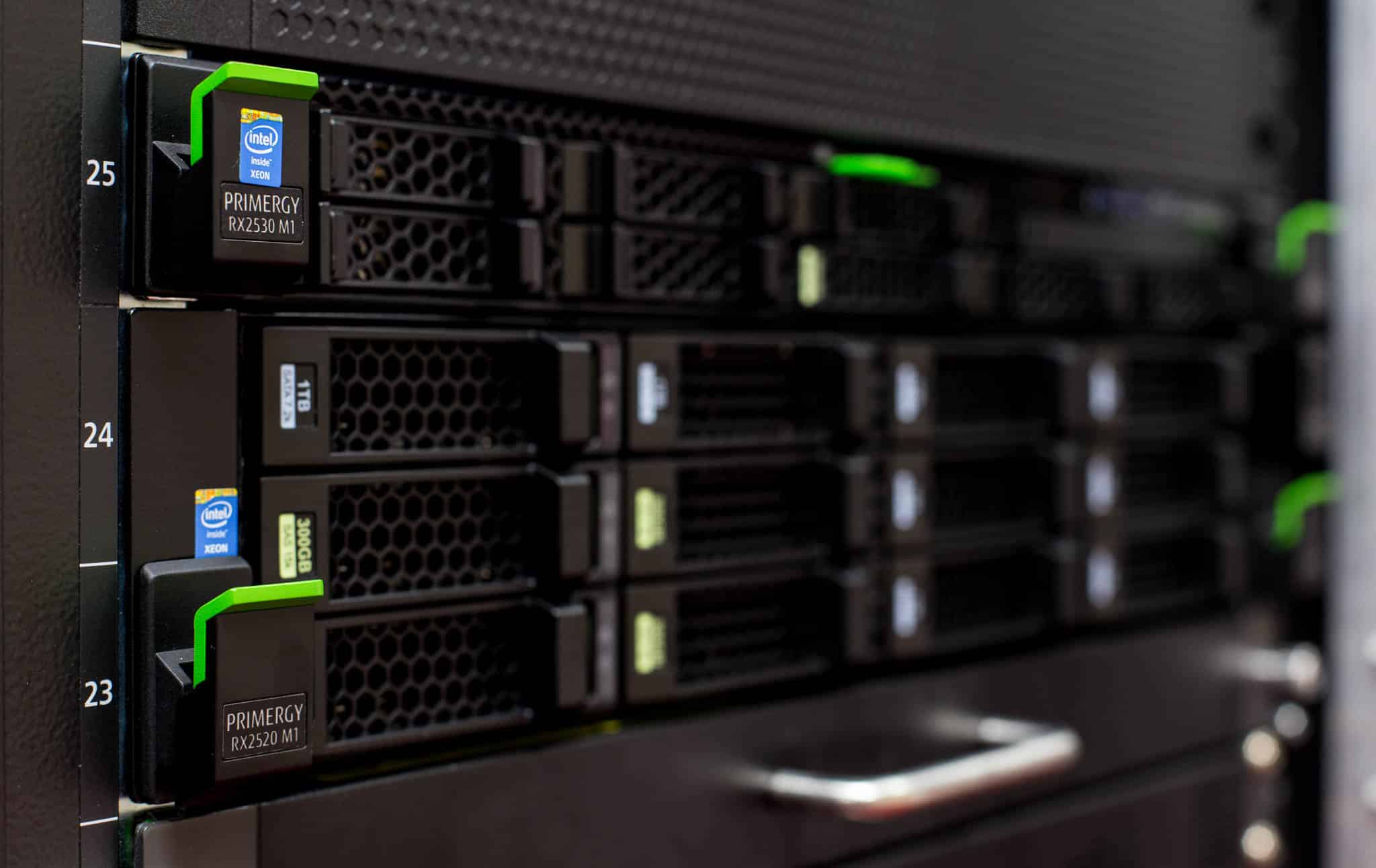A Database Management Software (DBMS) is used to store, manipulate and manage data. It does this in a database environment, and this data can include names of fields, records, format, and file structures. Small and large organizations can create their databases and use a DBMS to enhance productivity in their businesses.
Type of Information Stored in a Database
Users can store data in a database in several ways. Types of data stored in a database include;
- Data and time
- Numerical data
- Textual data
- Binary data
Key Features of a DBMS
Some essential features in a DBMS include:
Robust Security
Businesses are concerned about handling large data amounts. They need to ensure all data is secure and no external sources can access it. With a DBMS, only the head of department or a database administrator can access and control user access. Thus, organizations have peace of mind because their data is secure.
Low Repetition and Redundancy
Most users use a single database, and this causes data duplication in a database. A DBMS creates a single depository, minimizing repetition and redundancy. Thus, it allows easy data mapping despite the access of multiple users.
Multi-User Environment Support
A DBMS allows several users to access and work on data simultaneously. It also enables several views of data. Therefore, several operators can access and view different databases concurrently because it supports a multi-user environment.
Enhanced File Consistency
Organizations that implement a database management system can adopt specific file usage, ensuring data consistency. Thus, data works in a standardized way in other systems and applications. These organizations also ensure that the same rules about data usage are the same throughout the organization by manipulating and streamlining a more advanced data management system.
Easy to Maintain Large Databases
Small and established businesses store data in large databases. If this data isn’t handled well, third-parties can be accessed and negatively impact the business. A DBMS helps these organizations to maintain the large databases by enforcing user-based access.
DBMS Language
DBMS language is used when communicating database queries and updates. Below are the various database language types.
- I.Data Manipulation Language (DML): it enables operators to access and manipulate databases
- II.Transaction Control Language (TCL): operators can run the modifications made by Data Manipulation Language
- III.Data Definition Language (DDL): this database language is used to save information on columns, table schemas, constraints, and indexes
- IV.Data Control Language: it’s used to access any saved data. It also allows the operators to give or revoke a user from access.

Types of Database Management Systems
Though there are several DBMS types, the most popular database management systems are classified into four types including:
Hierarchical
In a hierarchical DBMS, data is organized in the form of a hierarchy. The arrangement can either be a bottom-up or top-down design. It’s defined by a parent-child relationship whereby a parent has several children, but children have a single parent. This DBMS type can include one-to-one or one-to-many relationships. If single one-to-many relationships are disrupted, it complicates the network.
Network
This database management system is an extension of hierarchical DBMS. It’s more complicated because data appears in the form of a network that has many-to-many relationships. The records are organized in a graph with several data paths through which the documents can be accessed. In-network DBMS, one child has multiple parents. Thus, more intricate relationships can be created, making these databases more proficient.
Relational
This model is widely used for organizing databases. Data is arranged in independent tables with options of select and join. Because information is stored in fixed structures, operators use SQL to manipulate it. The shared data reflects the relationship between various tables. However, because different tables can reference the same data, this model ensures the dependability of connections. This is known as referential integrity, thus an essential model in this database.
Object-Oriented
This database management system type defines a database as a group of objects. It also stores operations and values. It has classes, and each class contains a group of objects with the same values and functions. This database type incorporates languages that are object-oriented and uses a similar representation model. This helps programmers to control every programming environment by ensuring its consistency.

Advantages of a DBMS
There are several advantages of using a DBMS, including:
Easy Data Sharing
When both onsite and remote users follow the set authorization protocols, they can easily share data. It also enables operators to respond quickly to the varying environment because they access well-managed data. Again, data is updated, and it’s easy to respond to emerging queries.
Better Decision-Making
Users of DBMS have access to well-managed data and can make accurate decisions. It offers users a simplified framework enabling them to develop better data management procedures and get useful information.
Efficiency
DBMS allows operators to access simplified data. Again, it has tools to convert the available data into useful information to make better decisions quickly. Thus, the database has improved performance.
Improved Data Safety
It’s easy to experience data security breaches whenever multiple users access a database. A DBMS ensures that data is confidential and safety guidelines are set to control user access.
Applications of DBMS
Below are several applications of DBMS in various organizations:
- Airlines: it is used to book flights and ensure that information is scheduled
- Sales and marketing: DBMS is used to store data regarding clients, sales, and merchandises
- Human resources: it’s used to keep records about employees, payroll, salaries, among others. Thus, there are no complications despite operating a large firm.
- Academies: it helps the school administration to store students’ information, course registrations, and grading
- Economics and finance: DBMS is used to store data concerning transactions, bonds, and acquisitions of shares and stocks.
A DBMS has several benefits and applications. It helps organizations store large amounts of data securely, lower redundancy, and enable quick data access. It also allows a firm’s data to be accessed by the relevant authorities only. Because it keeps data updated, organizations know how to make timely decisions and improve their productivity.







